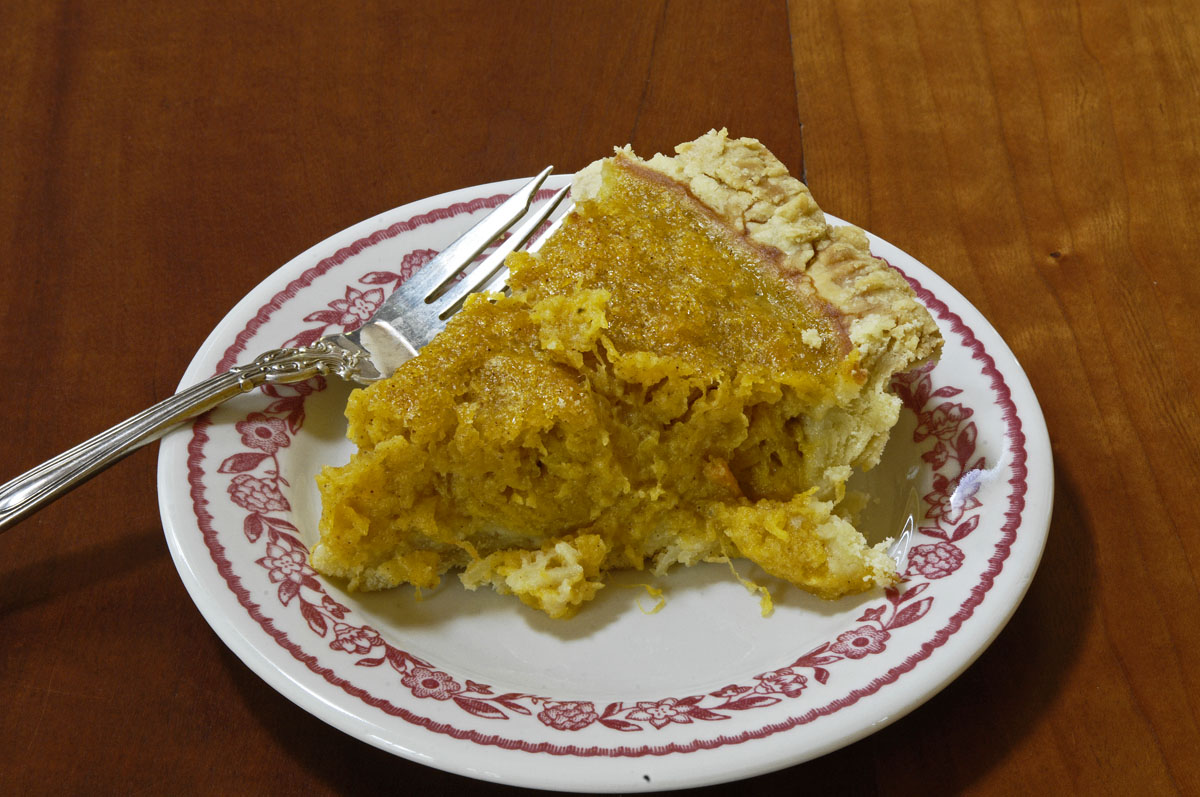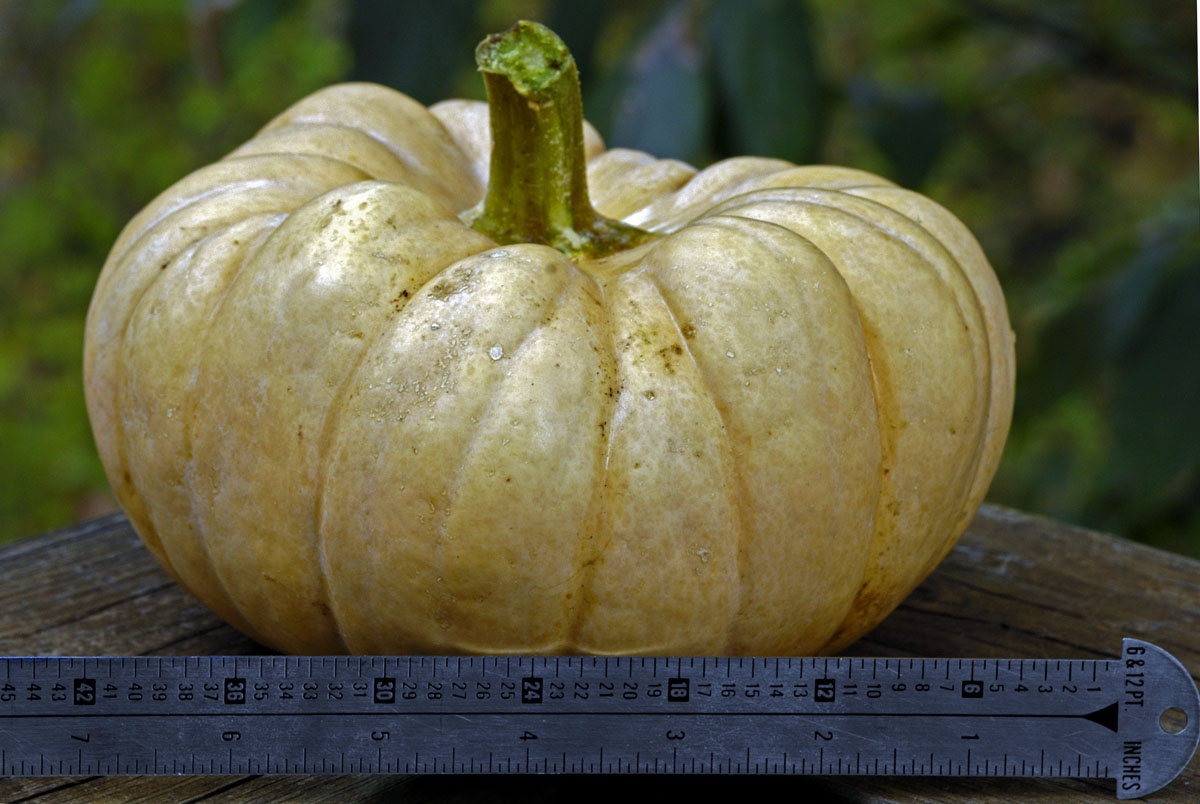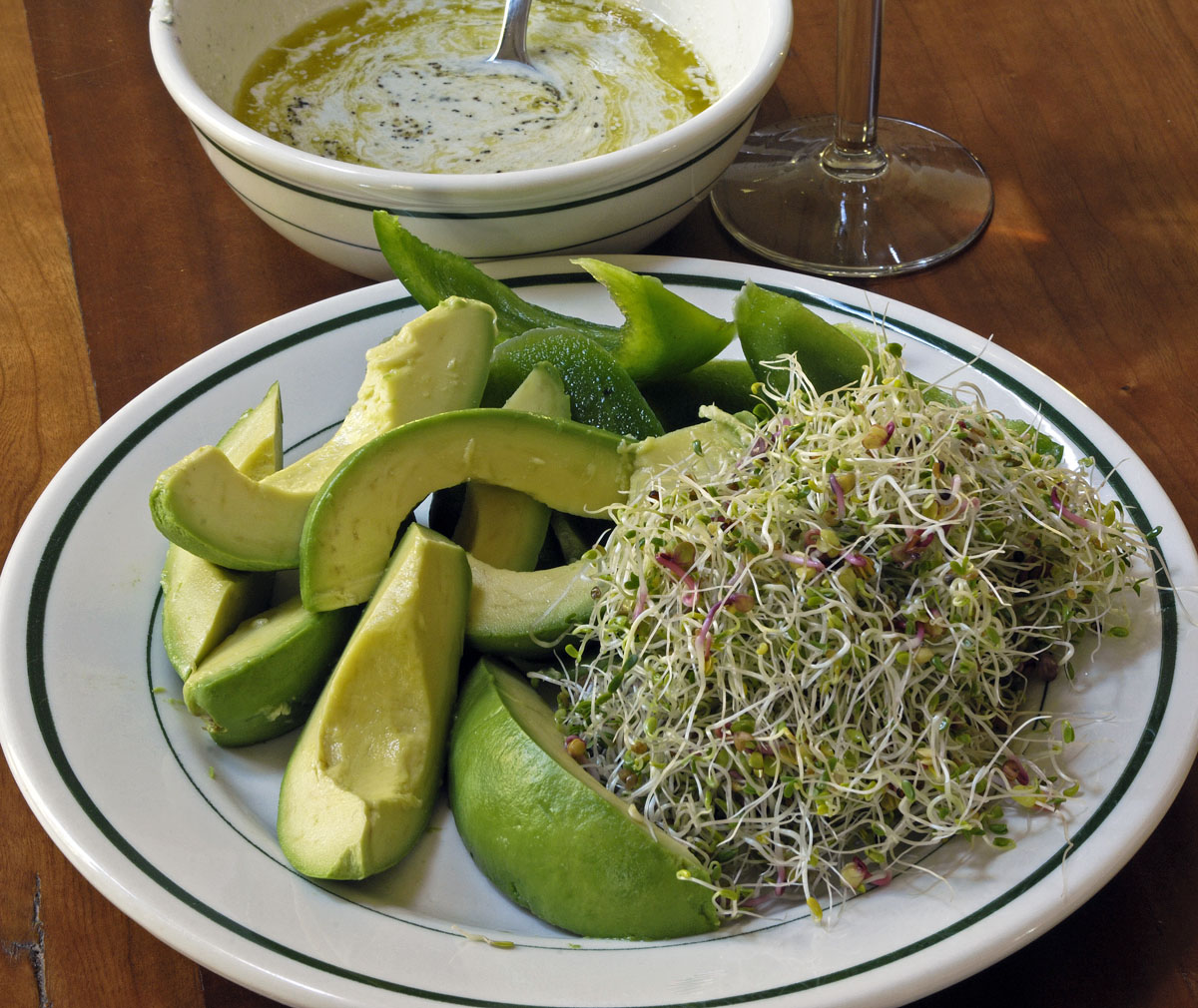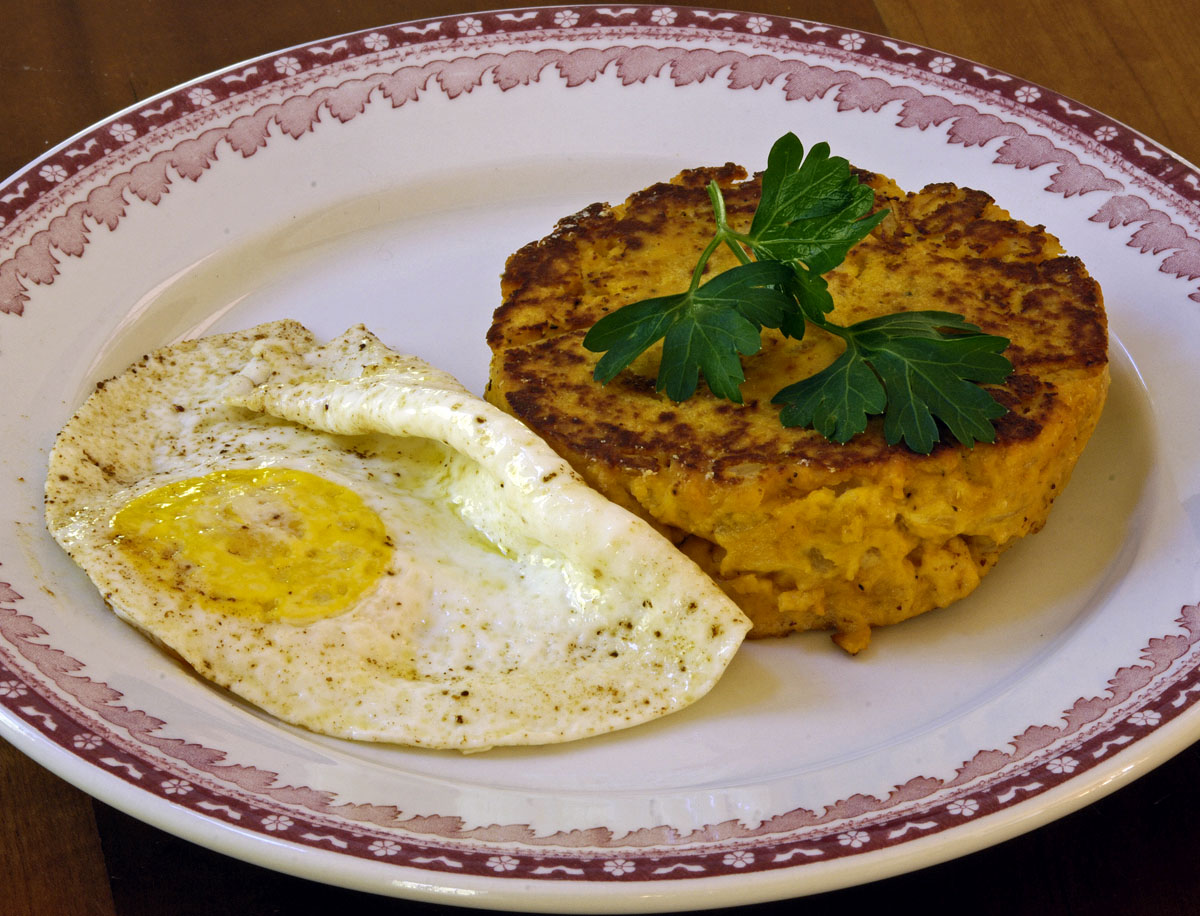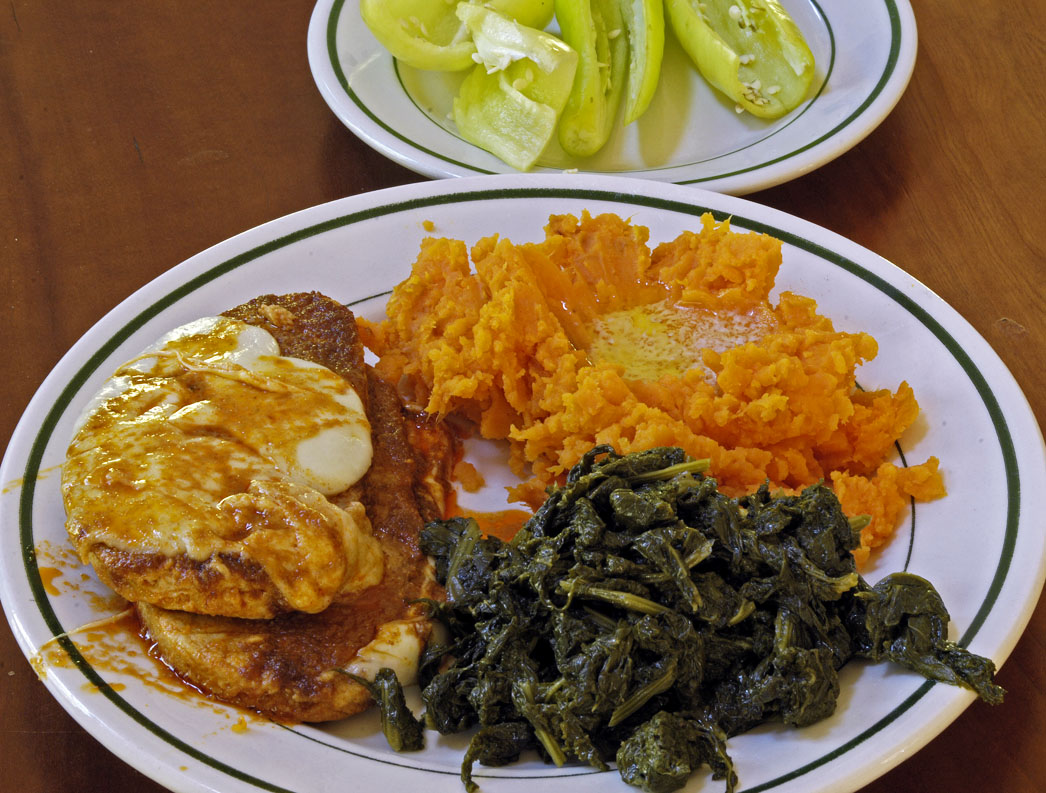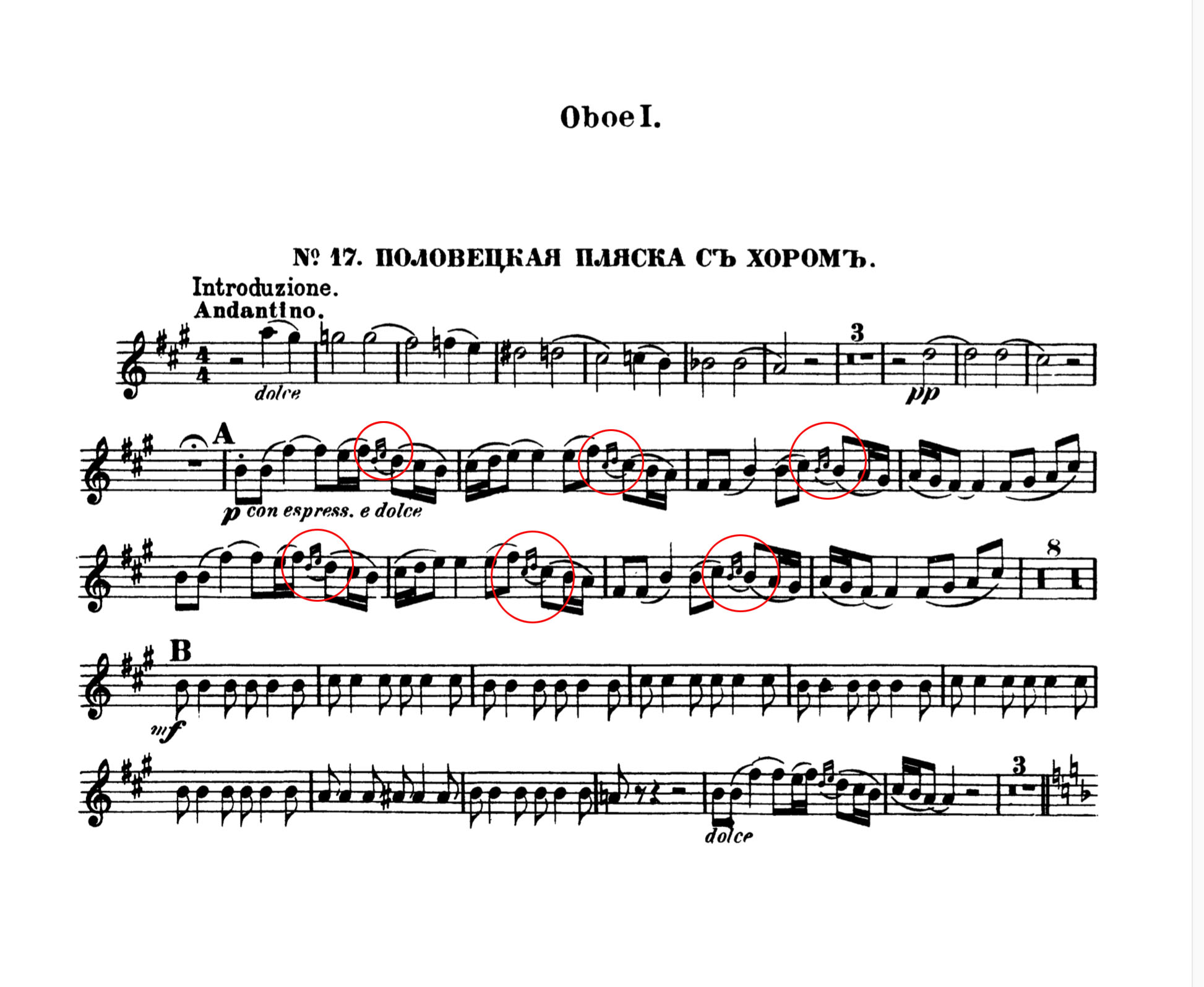
Transgender teenager Ally Steinfield, who was murdered last year in Missouri. Her body was mutilated and set on fire.

We live in a strange society in which a rather sad, vulnerable, harmless teenager like Ally Steinfield is seen as sick and dangerous. Whereas the people who have a mysterious need to scapegoat people like Ally Steinfield are considered normal.
It blows my mind how effectively this society programs most of its young to think so rigidly about gender and sex. After she was murdered, Ally Steinfield’s body was butchered. Her eyes were gouged out. Her genitals were stabbed. The body was set on fire. Then the remains were put into a garbage bag and hidden in a chicken coop. Four people were charged. One of them was 25, one was 24, and two were 18. And this is just one example of violence against transgender people that occurred last year. By high school age, most of our young people will have acquired thoroughly crummy educations in most things. But they will have acquired the equivalent of Ph.D.’s in this society’s notions about gender and sex.
Once again, the difference between liberal and conservative minds makes all the difference. Liberals don’t feel threatened by harmless differences. Liberals don’t feel a need to police other people’s private lives. Whereas authoritarian minds are terrified that the sky will fall if their fetishes for authority, obedience, and conformity can’t be policed, and if their scapegoating of out-groups isn’t sanctioned. This terror is so prevalent that our dominant religion is desperate to be permitted to legally discriminate. The terror is so prevalent that billionaires will put big money into lobbying for the legal authority to discriminate. For more on that, see this piece in yesterday’s New York Times, ‘Transgender’ Could Be Defined Out of Existence Under Trump Administration.
The Republican Party, allied with fundamentalists, has retailed this sky-is-falling sex panic all the way down to the local level.
Last month at the county fair here, the Democrats’ tent was, as usual, close to the Republicans’ tent. A Republican candidate for county commissioner, accompanied by the Republican Party’s county chairwoman, were haranguing me about transgender people and bathrooms. They brought it up, not me. They are inflamed by the issue. The Republican Party has made authoritarian scapegoating into a key political wedge issue, and their preachers have made it into an urgent religious issue. I have had similar encounters many times. Nothing I’ve ever said has gotten through. A person’s sex, they will soon say, is “God given.” I ask if they’ve ever known a transgender person. They haven’t, of course. Even though they’re not aware of ever having met a transgender person, nevertheless they believe the threat is imminent, personal, and severe — the sky is falling.
There is no mistaking one’s God-given gender, authoritarians say. Apparently they have never heard of the list of birth conditions that blur physical gender. Those conditions include ambiguous genitalia and gender indicators that don’t match up (external parts, internal parts, or chromosomes). In such cases, gender is often “assigned” at birth, based on a guess. But we have learned that children — and certainly adolescents — will let us know how they experience themselves from within, regardless of how they came to be that way. Who would argue with that? Authoritarians, of course. Mere argument wouldn’t be a big deal. But authoritarians are compelled to go much farther than that — policing, scapegoating, persecution, and sometimes violence — because for some mysterious reason they feel threatened, and because their politics requires scapegoats.
Even in discussions with other liberals whose lives and identities fit comfortably inside the range regarded as normal, it’s difficult to get them to see just how strange and rigid our training in gender and sex is. It isn’t difficult to compare that training with other human societies or even with our own society’s history. We didn’t have to be this way. And there are better ways to be.
One of the things that I found striking in in Ronald Hutton’s Pagan Britain (which I recently reviewed here), is that our prehistoric ancestors in western Europe seemed to see very little difference between the sexes. To a considerable degree, this attitude can be reconstructed archeologically, from images such as cave paintings, carvings, stoneware, and metalware, and also from burial rites. Writing about relatively recent (728 to 352 B.C.) statues found in the British Isles, Hutton writes, “The one from Scotland is of alder wood, and may be female, although the sex is hardly emphasized, while that from Devon has been called male and is of oak; sexual ambiguity seems the case at Roos Carr.” Writing about much older images, from the Paleolithic, Hutton writes, “Modern Western culture has long drawn a sharp distinction between human and animal, and female and male but, in pictures at least, the Paleolithic did not.”
Historian Miranda Aldhouse-Green, Hutton writes, “… has shown how the blurring of lines between species was accompanied by an equivalent ambiguity in representing gender, and a disinclination to distinguish clearly between the human and divine. When human and animal were combined, special types of beast were chosen, namely horses, dogs, stags, and bulls, and the stag above all: indeed, its antlers were sometimes given to female human-like figures as well as male. At the least, all this plausibly suggests a spirituality which depended on a regular sense of crossing ‘natural’ boundaries and of fluidity of identity.”
Sociologists have found a similar fluidity around sex and gender in Native American (and other) societies. Sex and gender weren’t a big deal. Those who were different actually were valued for their differences, and those who were different often took on special roles that were helpful to the community. Not only that, but those who were different were often consulted for their different perspective on tribal or personal issues. It could work that way today, if only we’d listen.
Instead, our society continues to insist on stark gender boundaries, though much (such as who can wear pants, or earrings) has been renegotiated. But where renegotiation is not complete, those who are different are somehow threatening and, through some strange psychological mechanism that is somehow trained into us, arouse fear. Then there is identity, which, we are learning, is a double-edged sword that can both liberate and obstruct. The authority of authoritarians is worth a whole lot less than it used to be, as people come out of the shadows to demand fairness and to defend their right to self-respect — and to not be scapegoats. Authoritarians aren’t used to that, and they don’t like it. It used to be that gay men and lesbians were the scapegoats. But unless Trump’s new Supreme Court can overturn gay marriage and Lawrence v. Texas (authoritarians will surely try), gay men and lesbians are not nearly as vulnerable as they once were, thanks to the law. Transgender people remain vulnerable. This move by the Trump administration is an attempt to make transgender people even more vulnerable and thus to increase their value as scapegoats. Republicans don’t want another good set of scapegoats to slip away by giving them — gasp! — basic civil rights.
When authoritarians choose a scapegoat, it has to be someone vulnerable. That vulnerability needs to be not just vulnerability under the law, but also vulnerability like Ally Steinfield’s vulnerability, the vulnerability generated by social training that set her up for violence by marking her as disgusting, threatening, deserving of punishment, and weak. Just one thing alone — the fact that authoritarians rely on their lust for scapegoats to keep the sky from falling — reveals how wrong, and how wicked, they are.


